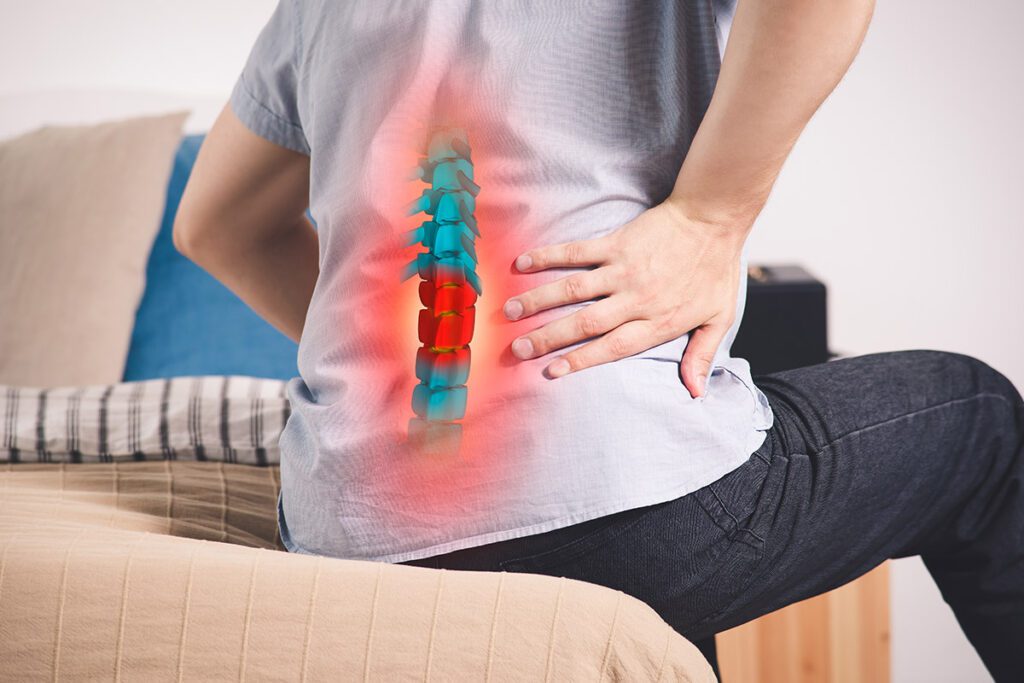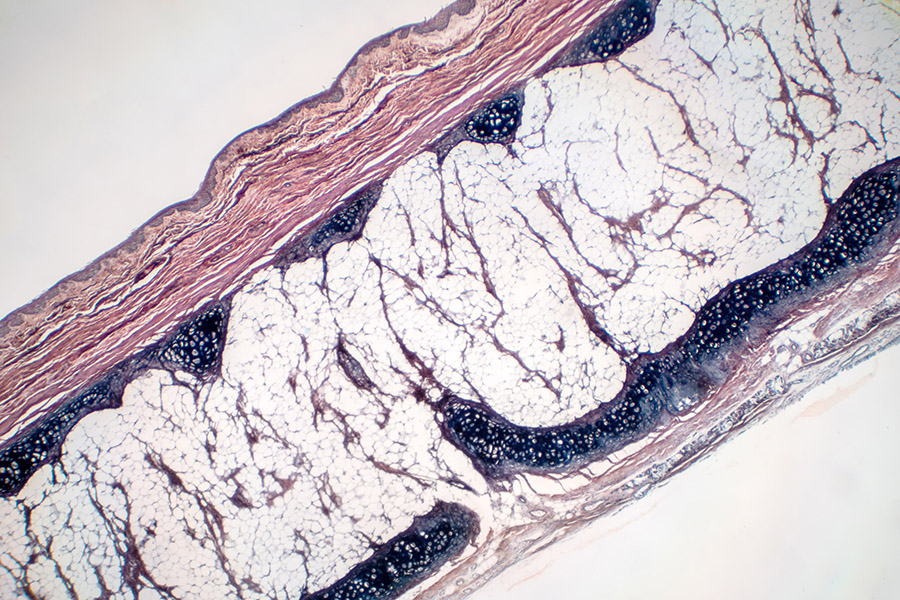
Compression Fractures of the Spine
Compression fractures of the spine, or vertebral compression fractures, are small breaks in the vertebrae and are common in older adults over 50. We at Everett Bone & Joint are known for using innovative methods to treat our patient’s spinal compression fractures. Below you’ll find information about vertebral compression fractures, symptoms, and treatments.
What are Compression Spinal Fractures?
Spinal compression fractures are small breaks or cracks in the bones that make up your spinal column or the vertebrae, and the break occurs in the vertebral body, which is the rounded and thick part on the front of each vertebra. These fractures weaken the spine, leading to collapse and affecting the posture, which can cause a patient suffering from a fracture to look hunched over.
Compression fractures usually occur in the middle part of the spine, or the thoracic part, and often in the lower part of that area.
Compression Fracture Symptoms
The compression fracture symptoms can range from mild to severe, even being asymptomatic. When symptoms are present, they include:
- Decreased mobility or spinal flexibility, unable to twist or bend over.
- A hunched appearance
- Loss of height as the vertebra compress and the back curves
- Back pain, sometimes rising suddenly and becoming chronic.
- The pain usually manifests between the shoulders and lower back, worsening with standing or walking.
- Tingling or numbness in the back, caused by nerve damage or pinched nerves
- Difficulty walking
- Bladder and bowel control issues, usually from a severe and untreated fracture in the spine.
Spine Fracture Causes
A spinal compression fracture often results from osteoporosis and the natural weakening of bones with aging. As a person grows older, their spine becomes more narrow and flatter. As the spine weakens, bones are more likely to fracture. With moderate osteoporosis, a compression fracture can result from an accident or fall and with severe osteoporosis, a vertebra can fracture while performing daily activities like coughing or getting out of the car.
When compression fractures in the spine occur in people without osteoporosis or who aren’t above the age of 50, it’s the result of trauma or cancer. Tumors can spread throughout the spine and weaken the vertebrae, which causes the bones to break.
Spinal Fracture Treatments
Before providing compression fracture treatment, a doctor will ask about your symptoms and examine:
- Spinal alignment and posture
- Source of the pain by gently pushing on part of the back
- Signs of nerve damage
Your doctor will also order imaging studies to assess your bones, muscles, and soft tissues in your back, which will include:
- MRI, CT scan, and spinal X-ray
- Dual-energy X-ray absorptiometry, to measure bone loss
- Three-phase bone scan, which takes three sets of pictures during three visits
To treat compression fractures in the spine, your doctor will focus primarily on relieving pain and stabilizing the vertebrae. The specific treatments will depend on the severity of the fracture:
- Pain relief medication, such as over-the-counter anti-inflammatory drugs, muscle relaxers, or prescription pain medications.
- Back braces, to support your vertebrae and help relieve pain by spine movement reduction.
- Bone strengthening medications, there are numerous drugs that can slow bone loss and help stabilize the bones, which prevents fractures.
- Vertebroplasty or kyphoplasty, both minimally invasive spinal procedures to relieve pain, improve your mobility, and stabilize the bones in the spine.
























